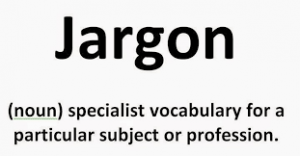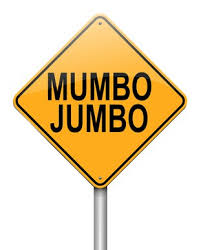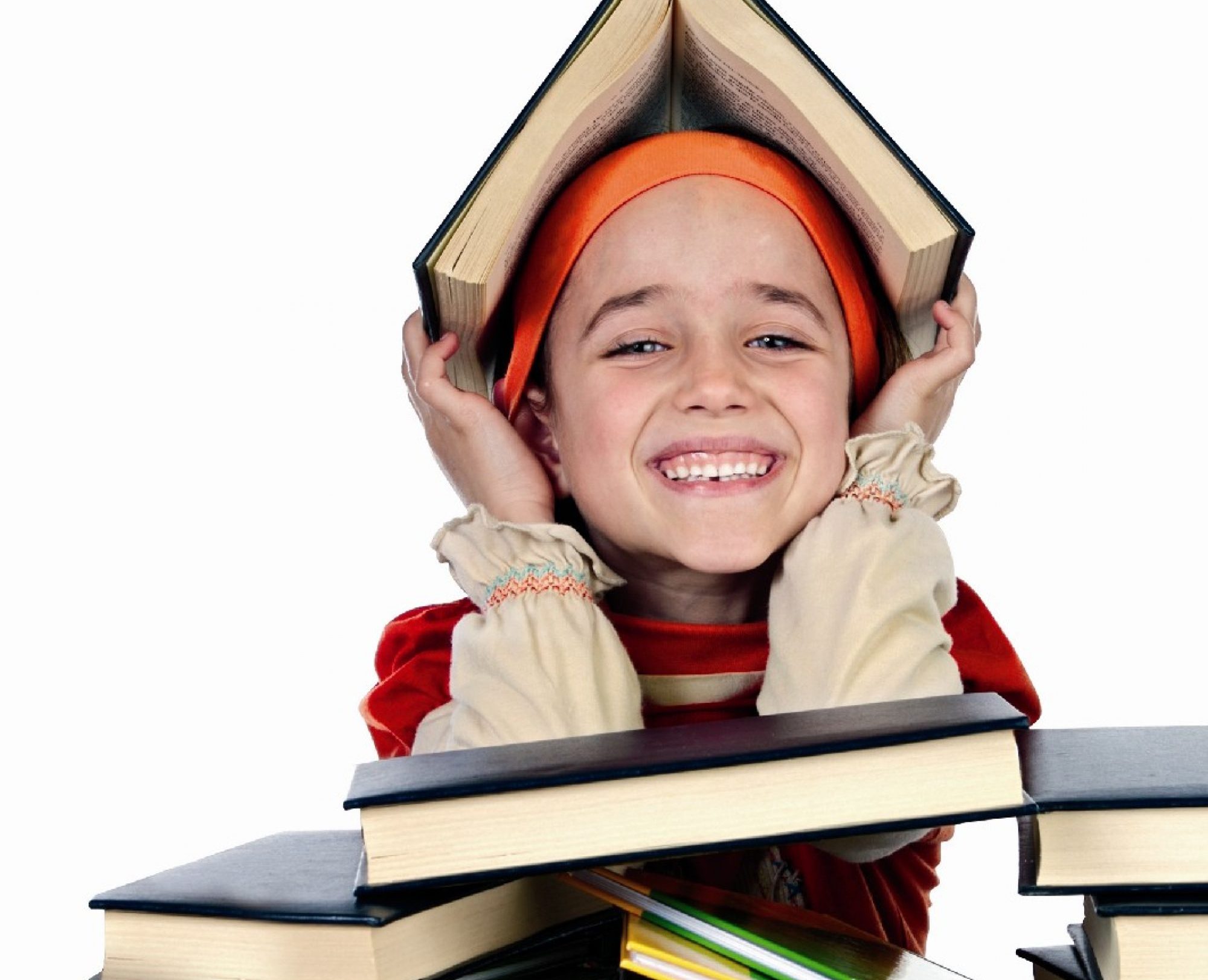
Jargon: those words that have tremendous meaning for some and absolutely no meaning for others. Speaking with an ISP (an Internet Something or other) earlier this week reminded me of how we all fall into the trap of using terminology that is as plain as day, but only to some. And sometimes, it can take a while to realise that many of the words being said are actually meaningless, because we understand the gist of what is going on. Besides, no one is going to give us a test on it later. Except our children. They will bring something home – that they will be tested on – and ask for help. Sometimes this brings about a big, fat gulp.
While the ‘Internet Something or Other’ will remain a mystery to me – and I don’t really mind if I’m honest – here are some Englishy terms that may be useful to know:

digraph: two letters next to each other which make a new sound. There are consonant digraphs such as |ch| and vowel digraphs such as |ea|
magic e: also known as ‘bossy e’ and ‘fairy e’, this letter occurs at the end of a word and changes the vowel sound to its long counterpart (consider the different vowel sounds in cap and cape)
syllable: the smallest component of a word that has a vowel, and may or may not have consonants; children often learn how to ‘clap out words’ – this is really handy when spelling long words
phonetic: the sounds that make up a word (not the letters) for example |sh| |ee| |p| – also handy for spelling in the earlier years
parts of speech: the components of a sentence (every sentence has to have a noun and a verb)
figures of speech: the figurative phrasing, such as similes, metaphors etc that makes literature so interesting (many children would wish me to eat those words).
Hopefully this little armoury of words can alleviate some initial panic when faced with the next round of English homework, or meeting with the English teacher.


